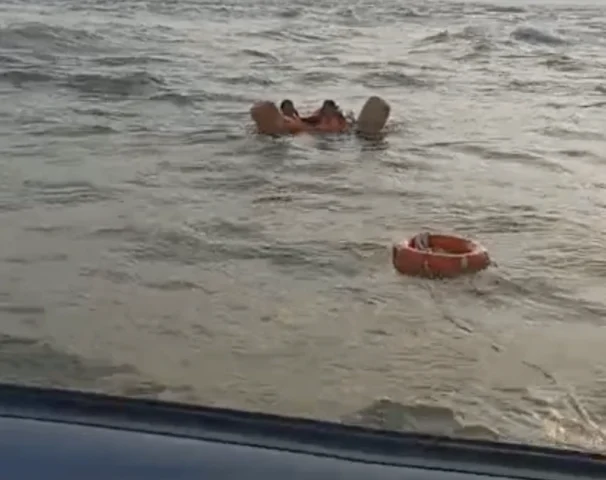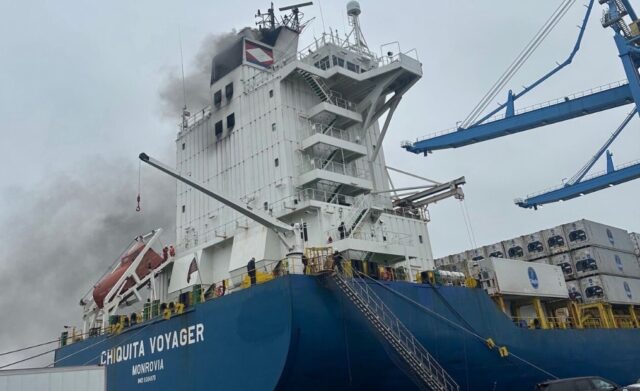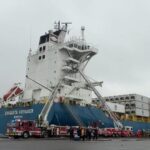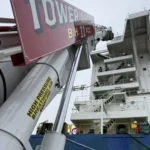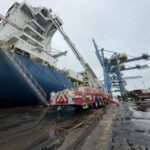KH 91580 TS
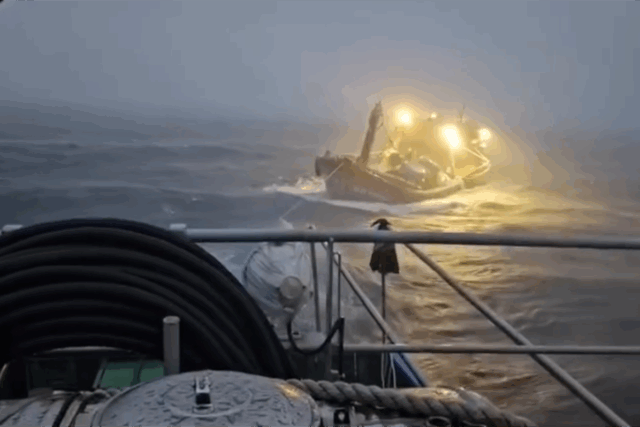
On the evening of November 25, the fishing vessel KH 91580 TS became disabled in the South China Sea near Thuyen Chai Island (Barque Canada Reef) in the Truong Sa district, Vietnam. The KH 91580 TS had its steering broken and was unable to maneuver. Vietnamese authorities dispatched a vessel which was able to connect a towline to the KH 91580 TS. The vessels then proceeded to the dock at Thuyen Chai Island. No reports of injuries, damage or pollution released.
